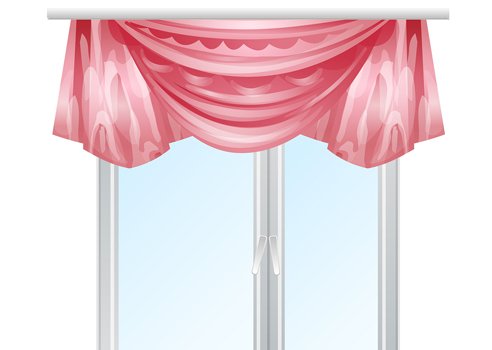Reading time: Less than 1 minute
Increase your vocabulary and you’ll make your writing much more precise. That’s why I provide a word of the week. Today’s word: lambrequin…
One of the great — and simultaneously annoying — aspects of historical novels is that they may use words no longer part of the common lexicon.
For example, when I read the book Courting Mr. Lincoln — the story of the 16th president’s relationship with Mary Todd, and his decision to marry her — I encountered a word I had never before seen or heard: lambrequin.
Here is how the author, Louis Bayard, used it:
Bedraggled peacock feathers sagging over the grate, and all about, a chaos of tidies and lambrequins.
It turns out a lambrequin is what my mother would have called a valence — a short piece of decorative drapery hung over the top of a door or window. That said, lambrequin can also mean a drapery hung from a shelf or mantelpiece.
Use of the word peaked in 1880 and has been on a steady decline ever since. As you might have guessed from the spelling and plethora of vowels toward the end, the origin of the word is French but it in turn comes from the Dutch lamper meaning “veil.”
This relates to another, much older meaning of the term. It also refers to a piece of cloth covering the back of a medieval knight’s helmet, represented in heraldry as the mantling.
An earlier version of this post first appeared on my blog on Jan. 22/20.


